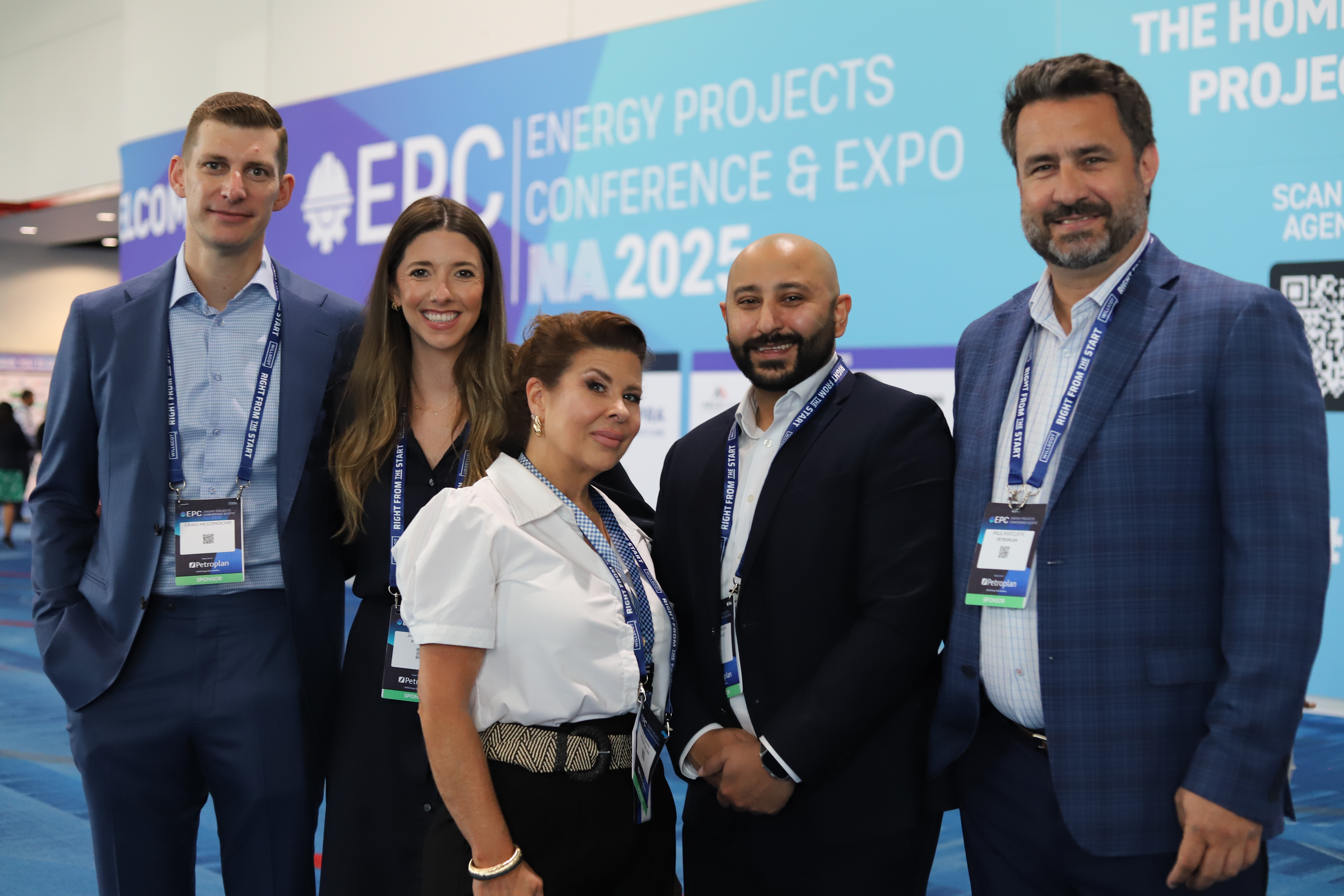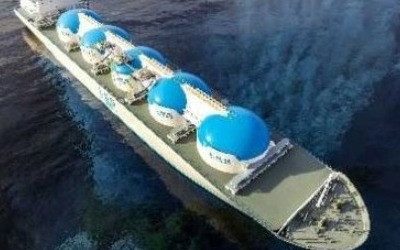August 22, 2024

Shannon Johnson is a heavy hitter for the Petroplan operations team. On any single day she will be juggling candidate visa processes, managing multiple clients and keeping immigration attorneys close to ensure compliance at every stage.
We asked Shannon about her role, her motivations, and her hopes for the future.
Can you tell us a bit about your career journey and what led you to this role?
I began working in the Oil and Gas Industry in 2010 with a focus on international immigration for Oil and Gas Clients. At first I processed work permits and mobilized UK and US nationals for projects in Africa (Angola – Congo), then Saudi Arabia, Equatorial Guinea, and Brazil and so on.
As my career progressed, I gained the knowledge that’s essential for successful US Immigration and Compliance, which has helped me in developing and managing several key clients at Petroplan.
Now my role means supporting our clients’ day-to-day operations, and candidates with mobilization and then throughout their employment with Petroplan.
What has been the most rewarding aspect of your new role so far?
Watching candidates thrive in their new positions and seeing the positive impact on both clients’ and Petroplan's operations is deeply rewarding. The positive feedback I get confirms I’ve positively influenced my candidates' careers, and contributed to my clients' success. This gives me a real sense of accomplishment.
How do you tackle the challenges associated with the E2 visa application process?
Being well-informed is crucial for overcoming visa challenges. Preventing issues before they arise is key, so it's important to manage requirements. For example: I pre-screen candidates and help them prepare for a successful visa interview so they know what to expect. We avoid delays and any unexpected surprises. Being proactive means contingency planning, so I’m ready for potential issues and can adapt quickly as needed.
Staying up-to-date on visa requirements and changes to U.S. immigration laws is a vital part of my role. I work closely with our excellent immigration attorneys to ensure full compliance.
Getting the visa is just part of the journey - success in my role means offering ongoing, personalized support that helps employees adjust to actually working and living in the US. With my experience I have lots of success stories to guide them through the transition, and we have many resources to make the move easier. I am always gathering feedback from both clients and employees on the relocation process – this information helps me make improvements for the next case.
Can you share an interesting fact or insight about the E2 visa process that might surprise people?
There’s currently no limit to the number of times an E-2 visa can be renewed, making it a flexible option for long-term business operations.
What strategies are you considering to improve the efficiency of visa processing for contractors?
I’m always trying to streamline the entire process which means anticipating challenges, and managing contractor and client expectations. This year I’ve enhanced the mobilization packet we give to new contractors with additional information to help them transition as painlessly as possible.
What are the important skills or qualities for successfully managing the E2 visa process?
Definitely effective communication – this is the core of my approach. I focus on understanding the needs and concerns of both clients and candidates by actively listening and empathizing with their situations. I aim to understand their needs and promptly address any concerns. Then I can set clear expectations regarding timelines, processes, and potential challenges so everyone is on the same page.
It’s important to have in-depth knowledge of immigration and visa processes, so I can provide the best guidance and support, and ensure compliance.
I focus on developing and managing strong relationships that facilitate successful outcomes for everyone involved.
Can you describe a typical day in your role managing the E2 visa process?
Every day is different. I manage each stage for every E2 visa candidate. I pre-qualify candidates for my clients, explore viable visa options available, gather associated costs and initiate the process with the client, candidate, and immigration attorney. I communicate with both my client and candidate about timelines, processes, and expectations.
In addition to my E2 visa candidates, I also manage day-to-day operations for other key accounts. There’s lots of variety.
What are your main goals for the department over the next year? How will you achieve them?
My goals are to build upon existing relationships and support growth for Petroplan’s clients. Given our E2 Treaty Investor status at Petroplan, we have a great opportunity to support our client’s needs for specialized talent while also helping candidates achieve career success. Petroplan has candidate networks beyond the US, which gives our clients access to the global talent pool. It can take a diverse range of qualifications to stay competitive.
At the end of the day, my personal goal is to offer the best support I can to Petroplan’s clients with all of their hiring needs, both locally and globally.






You can also use your social account to sign in. First you need to:
To connect your social account you must Acknowledge the Terms & Conditions and Privacy Policy